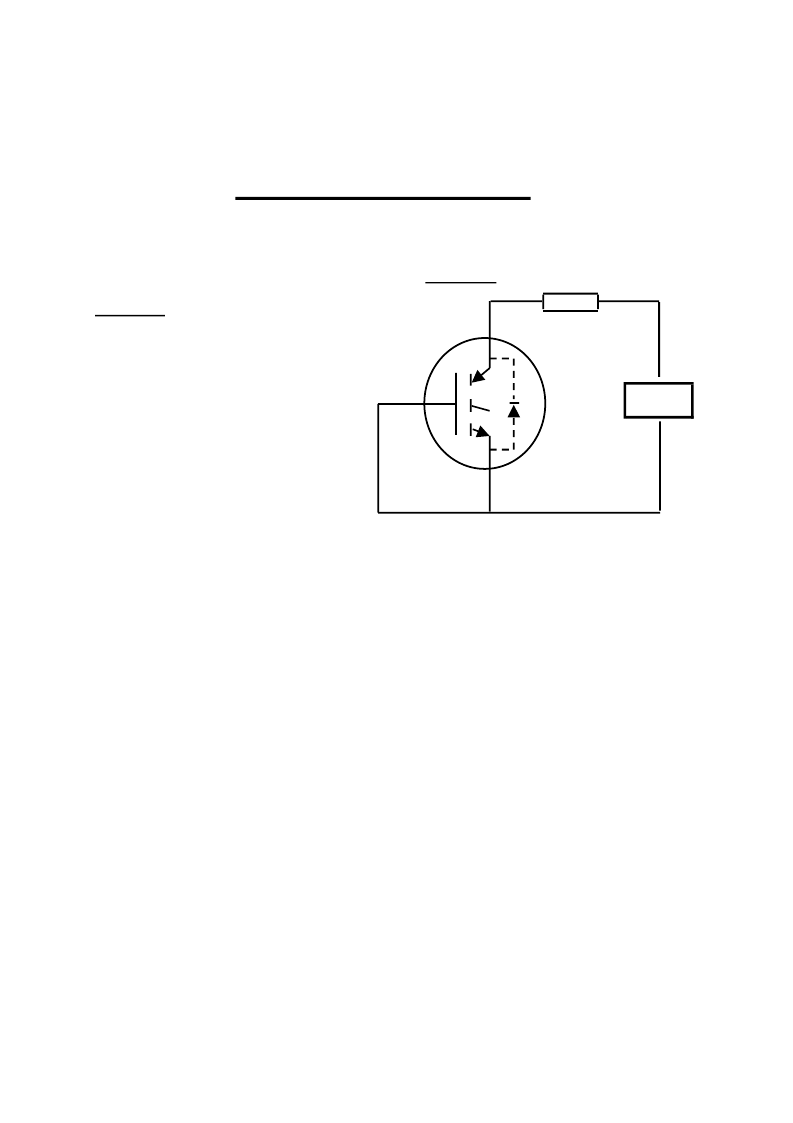- 您現(xiàn)在的位置:買賣IC網(wǎng) > PDF目錄377518 > IRG4PF40KD (International Rectifier) Fit Rate / Equivalent Device Hours PDF資料下載
參數(shù)資料
| 型號: | IRG4PF40KD |
| 廠商: | International Rectifier |
| 英文描述: | Fit Rate / Equivalent Device Hours |
| 中文描述: | FIT率/等效器件小時 |
| 文件頁數(shù): | 26/35頁 |
| 文件大小: | 112K |
| 代理商: | IRG4PF40KD |
第1頁第2頁第3頁第4頁第5頁第6頁第7頁第8頁第9頁第10頁第11頁第12頁第13頁第14頁第15頁第16頁第17頁第18頁第19頁第20頁第21頁第22頁第23頁第24頁第25頁當(dāng)前第26頁第27頁第28頁第29頁第30頁第31頁第32頁第33頁第34頁第35頁

TEMPERATURE & HUMIDITY (THB)
Test circuit
Conditions
Bias:
Vce = 100% of maximum rated
V
up to 500V: 500V for
all devices with rated
V
(BR)CES
greater than 500V *
85°C
85%
2000 Hours nominal
168, 500, 1000,
1500, 2000 Hours nominal.
DUT
DC
BIAS
Temperature:
Relative Humidity:
Duration:
Test points:
* Devices manufactured since week
code 9640 the applied bias:
V
(BR)CES
=
Vmax or 100v which ever the lesser
D
= Diode for CoPack devices only
Purpose
Failure Modes
Sensitive Parameters
V
(BR)CES,
V
CE(on)
Temperature and Humidity bias testing for non-hermetic packages is to subject the
devices to extremes of temperature and humidity to examine the ability of the
package to withstand the deleterious effect of the humid environment.
D
There are two primary failure modes which have been observed. The first failure
mode comes about as a result of the ingression of water molecules into the active
area on the surface of the die. Once sufficient water has accumulated in the region
of the electric field termination structure on the die, the perturbation of that field
begins to degrade the breakdown characteristics of the device.
The second failure mode that has been observed is due to cathodic corrosion of the
aluminum emitter bonding pad. As with first failure mode, water will ingress to the top
of the die. There, in the presence of applied bias, an electric current through the few
monolayers of water will begin to cause the bond pad to dissolve. Eventually. the
corrosion will proceed to the point where the current capability of the device is
increased and become unstable.
The dominance of either of these failure modes is basically determined by the
amount of bias present during test.
Under low bias conditions, the corrosion
proceeds slowly, so the first failure mode will proceed very rapidly and the device will
fail due to on-resistance before the breakdown characteristics can degrade.
相關(guān)PDF資料 |
PDF描述 |
|---|---|
| IRG4PF40MD | Fit Rate / Equivalent Device Hours |
| IRG4PF40SD | Fit Rate / Equivalent Device Hours |
| IRG4PF40UD | Fit Rate / Equivalent Device Hours |
| IRG4PG40FD | Fit Rate / Equivalent Device Hours |
| IRG4PG40KD | Fit Rate / Equivalent Device Hours |
相關(guān)代理商/技術(shù)參數(shù) |
參數(shù)描述 |
|---|---|
| IRG4PF40MD | 制造商:IRF 制造商全稱:International Rectifier 功能描述:Fit Rate / Equivalent Device Hours |
| IRG4PF40SD | 制造商:IRF 制造商全稱:International Rectifier 功能描述:Fit Rate / Equivalent Device Hours |
| IRG4PF40UD | 制造商:IRF 制造商全稱:International Rectifier 功能描述:Fit Rate / Equivalent Device Hours |
| IRG4PF50W | 制造商:International Rectifier 功能描述:IGBT TO-247 |
| IRG4PF50WD | 制造商:International Rectifier 功能描述:IGBT TO-247 |
發(fā)布緊急采購,3分鐘左右您將得到回復(fù)。